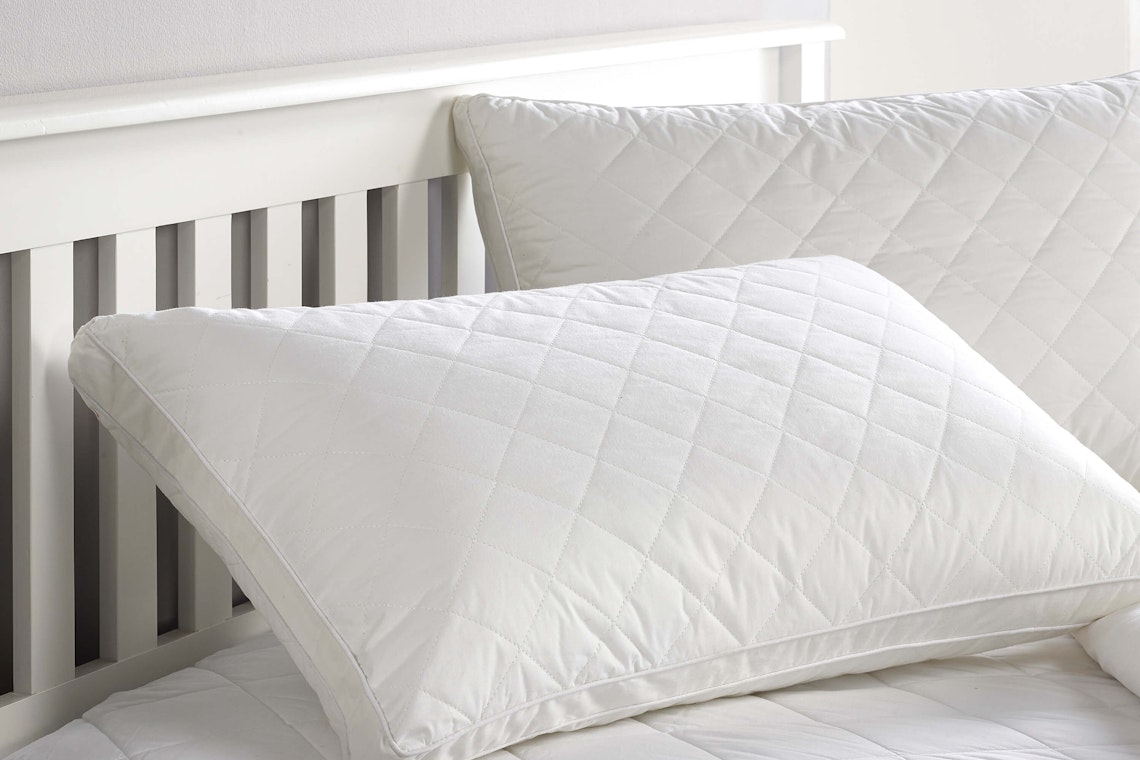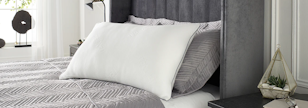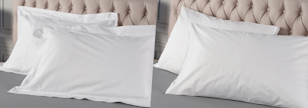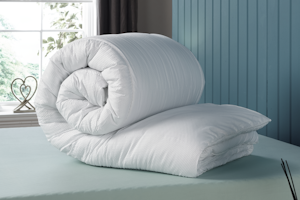30 Jun 2025
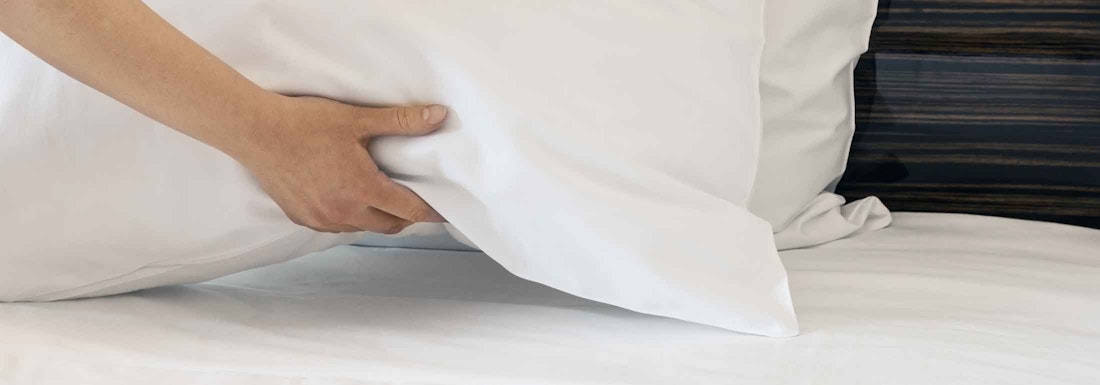
How Often Should You Replace Your Pillows?
17 Feb 2025
Like most things in life, pillows come with a finite lifespan - this is understandable given that they’re an item we use for about 7 hours every day. Through regular washing and fluffing, you can preserve the like-new feel of your pillows for some time; then, after a certain amount of use, your pillows will eventually need to be replaced.
Sleep experts recommend that you should replace your pillows roughly every 1 to 2 years. After this amount of time, your pillows become unhygienic and pro-allergenic due to their accumulation of bodily substances and dust mites; on top of this, old pillows will fail to support your body properly when their filling deteriorates after this amount of use. With all of that said, you may find it necessary to change your pillows sooner than the 1 to 2-year mark; it’s often the case that low-quality or poorly-made synthetic pillows need to be replaced after 6 months of use or less.
Why is it Important to Replace Your Pillows?
Replacing your pillows when necessary is an integral element of maintaining your bed as an optimal sleep environment. As your pillows age, they deteriorate in quality, gradually becoming less hygienic and unsupportive; in turn, this will have a negative impact on your overall sleep quality.
Old Pillows are Unhygienic
Pillows trap all sorts of undesirable substances, such as sweat, hair and skin oils, dead skin cells and dust mites. With nightly use, these substances gradually accumulate on the pillows; you’ll have seen the evidence of this happening if you’ve ever noticed your pillows turning yellow over time.
Of course, the best way to keep your pillows clean is by using pillowcases and washing them when necessary. However, regardless of how regularly you wash them, your pillows will inevitably reach a point where they need replacing. Those tell-tale yellow stains are notoriously difficult to get rid of; even if the pillow doesn’t appear dirty, it will become saturated with microscopic nasties that washing will eventually fail to eradicate.
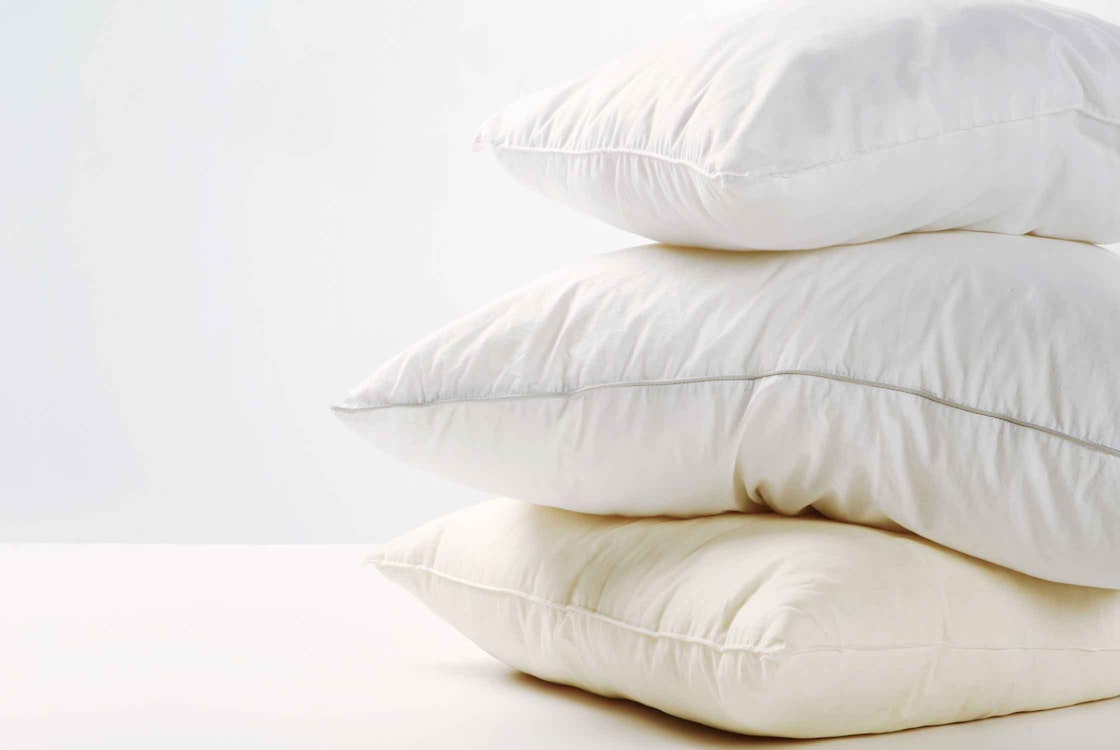
Old Pillows Trigger Allergic Symptoms
As we’ve just mentioned, your pillows will gradually gather dust mites over time. This is something that you’ll really notice if you’re someone with a sensitivity to allergens; during the night, the old, dusty pillows will start to trigger reactive symptoms like sneezing and itching.
Again, washing your pillows and pillowcases will only maintain their cleanliness for so long. The dust mites will inevitably build up to a point that washing won’t be able to remedy. This is another reason why you need to change your pillows, particularly if you’re an allergy sufferer. As a note, those with allergies should consider investing in hypoallergenic pillows when it’s time to replace the old ones; for instance, our Essential Hollowfibre Pillow contains a 100% hollowfibre filling that emulates the luxurious feel of real down using completely hypoallergenic materials.
Old Pillows Fail to Properly Support the Body
After regular nightly use, the fullness and supportive qualities of your pillows will start to deteriorate. This symptom of ageing is marked by the pillows looking flat, lumpy, or uneven.
The main job of your pillows is to comfortably support your head and neck while you’re in bed. Daily fluffing will help to keep your pillows full and comfortable throughout their lifespan; however, just like the previous points, fluffing will only work to maintain the pillows’ condition for so long. Eventually, the filling will deteriorate beyond repair, at which point they will lose their supportive qualities altogether.
How Often Should You Replace Your Pillows?
The general advice among sleep experts is that you should replace your pillows roughly every 1 to 2 years. However, you may find it necessary to replace your pillows sooner than this if they’ve been particularly well-loved.
Aside from the amount of usage they get, there are a few other factors that will impact the ultimate lifespan of your pillows. For instance, a major determining factor in a pillow’s overall lifespan is the quality and type of filling it contains. Pillows containing cheaper synthetic fillings are more likely to degrade prematurely; oppositely, those containing high-quality synthetic or natural fillings tend to be much more durable, thus lasting longer than their cheap counterparts.
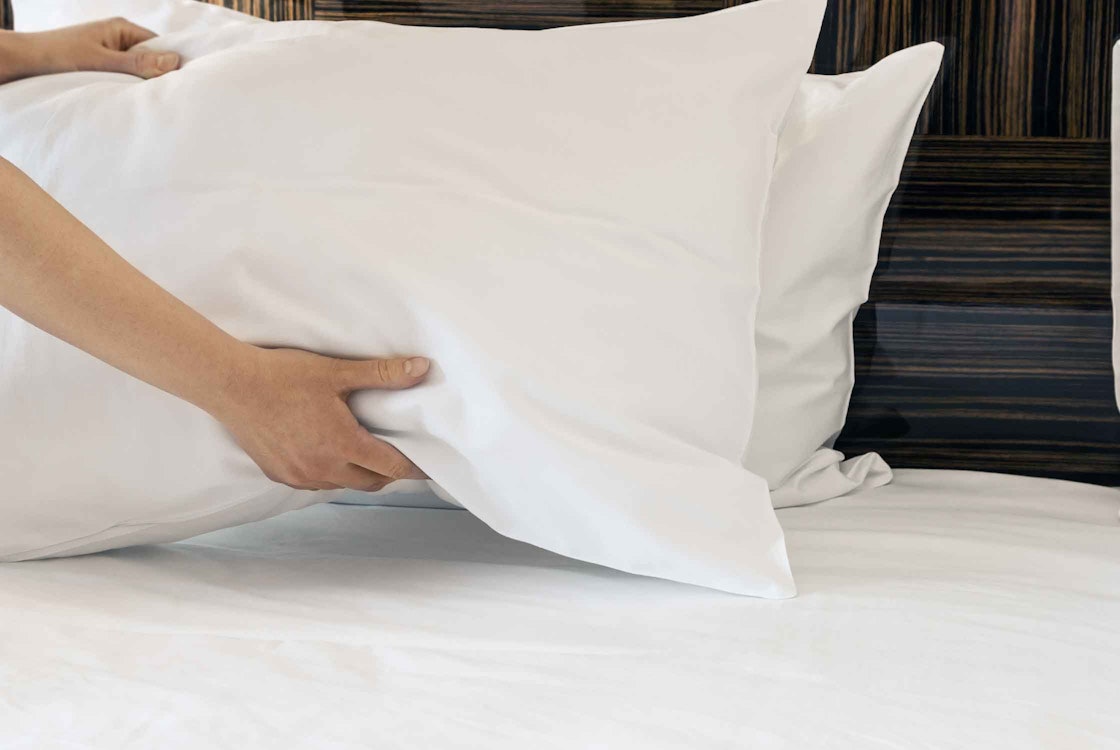
Other aspects influencing your pillows’ longevity include how well you care for them and how you use them (i.e. the position in which you typically sleep). Neglecting to fluff your pillows regularly and/or failing to keep them clean will shorten their lifespan; the same goes for pillows that take on more compression from certain sleeping positions.
With all of this in mind, the 1 to 2-year mark should really be the maximum amount of time you leave between pillow replacements. Over this time, it’s best to continually assess the condition of your pillows, replacing them sooner than this if necessary.
What are the Signs that a Pillow Needs to Be Replaced?
To reiterate, pillows that are over 2 years old will unequivocally need to be replaced; other than judging this by time, you can look out for the signs that your pillows have reached the end of their lifespan.
You need to replace your pillows if any of these statements apply to you:
- Your pillows aren’t supporting your head, neck, and body, feeling flat and uncomfortable when you use them.
- You’re suffering from body aches, particularly in the head and neck area.
- You’re an allergy sufferer whose symptoms have been getting worse at night.
- You’re having to fluff your pillows more often, or your pillows have stopped responding to fluffing altogether.
- Your pillows have yellow or brown stains on them.
How to Test the Condition of a Pillow
If you’re still unsure whether it’s time to replace your pillows, you can carry out some tests to judge their condition. These include the folding test, saddlebag test, and press test, all of which we’ve explained below.
1. Folding Test
This test involves folding the pillow in half, then setting it down and observing how it reacts. A pillow in good condition should spring back to its original shape; if it remains folded, this is an indication that it’s time to replace the pillow in question.
2. Saddlebag Test
A similar process, the saddlebag test involves you extending out your arm and placing the pillow over it. If the pillow doesn’t hold its shape, instead folding over either side of your arm like a saddlebag, it needs replacing.
3. Press Test
This is a test primarily for foam pillows, but follows the same logic as the previous two. You simply press your hand into the pillow and watch how it reacts. If it takes too long to spring back or doesn’t return to its original shape at all, it needs replacing.
How to Repurpose Pillows After Replacing Them
Even though they’re no longer fit for use in your bed, there are many ways to repurpose old pillows. It’s best to make an effort to repurpose them before opting to throw them away to reduce unnecessary waste. See our ideas below for all the ways you can repurpose those old pillows after you’ve replaced them.
- Donate Pillows to an Animal Shelter: Animal shelters and similar organisations are always in need of donations, particularly items that can be used for bedding. Reach out to your local shelters to see if they would be interested in your old pillows.
- Give Pillows to Your Own Animals: If you have pets of your own, they will also gladly accept your old pillows. A particular benefit for dog owners is that the pillows will be rich with your scent; this can be calming for your dog while you’re not at home.
- For Natural Pillows, Remove Filling and Leave Out for Wildlife: If the pillows contain a natural filling like down or feather, remove the filling and leave it outside. This is a great gift to your local birds and other wildlife as they can take the filling to use in their nests.
- Use Pillows as Draft Excluders: Thanks to their filling, pillows can act as an effective means of insulation. You could position them anywhere in your home that needs insulating or use them as draft excluders.
- Use Pillows as Padding When Moving Home: If you’re planning on moving at some point in the near future, hold onto your pillows; you can use them to pad and protect delicate items during the move.
- Use Pillows as Floor Cushions: Despite not being suitable for your bed, you don’t have to decommission your pillows entirely. You could instead repurpose them into floor cushions; these would come in handy when you have guests over, or you could use them for sitting outside on a sunny day.
